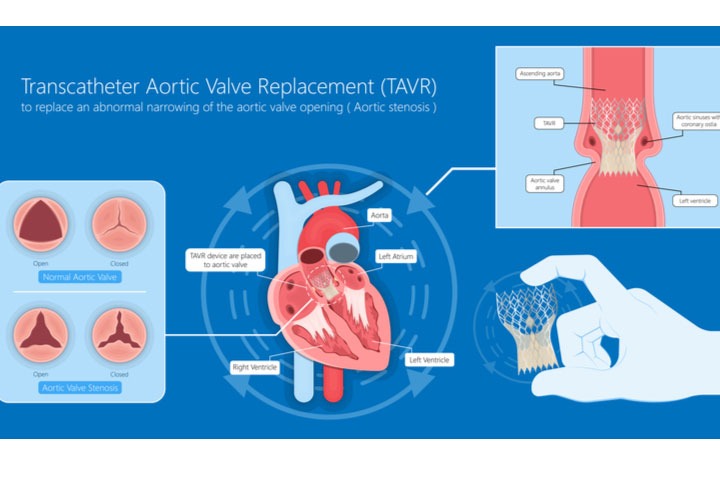When faced with the daunting prospect of treating aortic valve disease, patients and their families often find solace in the remarkable advancements of medical science. Among these breakthroughs, Transcatheter Aortic Valve Implantation (TAVI) stands out as a game-changing procedure that offers hope and improved outcomes for individuals with severe aortic valve issues. In this captivating blog post, we will delve into the compelling reasons why TAVI has become the preferred choice for many patients, shedding light on its numerous advantages over traditional surgical approaches and exploring how it has transformed the landscape of cardiac care.
Minimally Invasive Procedure :
TAVI has revolutionized the treatment of aortic valve disease with its minimally invasive approach. Unlike traditional open-heart surgery, which involves a large chest incision and the use of a heart-lung bypass machine, TAVI is performed through small incisions in the groin or chest. This approach reduces trauma to the body, resulting in shorter recovery times, reduced pain, and shorter hospital stays. The minimally invasive nature of TAVI offers a renewed sense of hope for patients who may have previously been considered too high-risk or unsuitable candidates for open-heart surgery.
Expanding Treatment Options :
TAVI expands the treatment options available for patients with aortic valve disease. It provides a viable alternative for individuals who are elderly or have multiple comorbidities, as well as those with complex anatomical considerations that may complicate traditional surgical approaches. By employing a transcatheter technique, TAVI extends its benefits to a broader range of patients, offering hope where there once may have been limited options. Moreover, ongoing research is exploring the use of TAVI in intermediate and low-risk patients, potentially expanding its indications even further. The versatility of TAVI ensures that more individuals can benefit from this groundbreaking procedure.
Reduced Risks and Complications :
Compared to traditional open-heart surgery, TAVI carries a significantly lower risk of complications. Invasive surgeries often come with increased chances of infection, bleeding, and extended recovery periods. TAVI mitigates these risks by eliminating the need for sternotomy (chest bone opening) and the use of a heart-lung bypass machine. By reducing the trauma associated with surgical procedures, TAVI minimizes the potential for post-operative complications, allowing patients to recover more swiftly and return to their daily lives. This aspect is particularly significant for older patients or those with pre-existing medical conditions, who may be more susceptible to the risks associated with invasive surgeries.
Improved Quality of Life :
TAVI offers a transformative impact on the quality of life for patients suffering from severe aortic valve disease. By restoring proper blood flow and alleviating symptoms such as chest pain, shortness of breath, and fatigue, TAVI enables individuals to reclaim their lives. Patients who have undergone TAVI often report a remarkable improvement in their ability to engage in physical activities, such as walking, climbing stairs, and participating in hobbies that were previously limited by their condition. The restoration of normal valve function not only enhances physical well-being but also relieves emotional stress and boosts overall mental health.
Quicker Recovery and Hospital Stay :
In addition to its reduced risks and improved quality of life, TAVI offers the advantage of a shorter hospital stay and quicker recovery compared to open-heart surgery. While traditional procedures may require an extended hospitalization period, TAVI patients often spend only a few days in the hospital before being discharged to continue their recovery at home.
